Get this deal! Call now.
Speak with a vehicle protection plan specialist and get $300 off any new contract instantly.
Call 866-678-4172
or scan the code below


It’s that time when winter jackets, hats, scarves and boots are packed away in favor of shorts, sandals and sunglasses. But, while you may be putting away your winter gear and are breaking out your favorite spring and summer attire, your wardrobe shouldn’t be the only thing getting spiffed up for spring. Your car could also use some love because, let’s face it, what better way to enjoy the season than with a nice relaxing drive in the warm weather or a full-blown road trip?
So whether it’s with the help of a certified repair facility, an ASE Certified mechanic or if you’re doing some DIY maintenance and spring cleaning, it’s vital to take the time to get your vehicle ready for the spring and summer. After all, not only can proper maintenance can help your vehicle run well and look good, but it’s also vital in helping you avoid any unexpected (and expensive) repairs and breakdowns down the road.
To help you get started taking care of your car, truck or SUV, be sure to follow these 10 tips to spiff up your vehicle for spring:
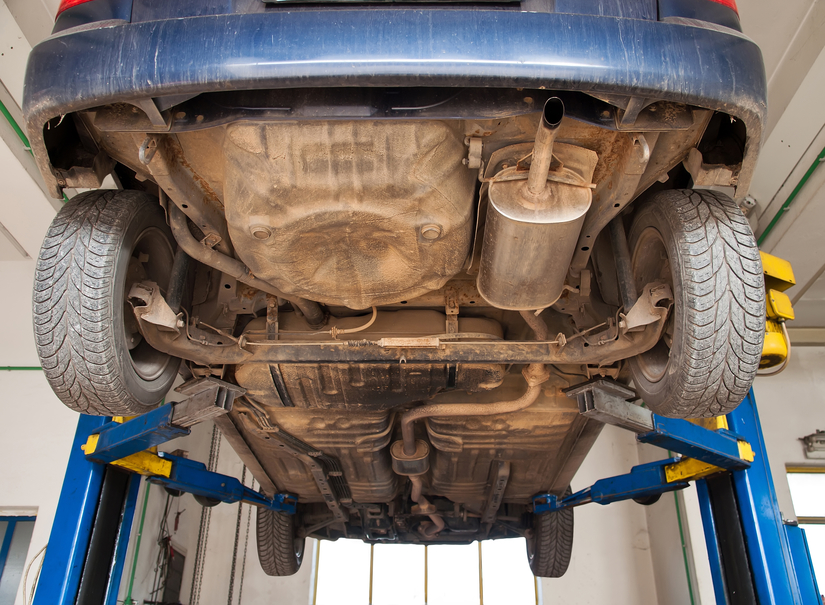
If you live in an area that gets a lot of snow during the winter, the chances are that your local officials use road salt to help de-ice the roads. But, while road salt is a vital part of helping drivers stay safe in the winter, it can also be eating away at your car’s undercarriage. To help limit any damage that may be happening, such as any unwanted rust or other issues, be sure to give your car a thorough deep cleaning. Use a garden hose with as much water pressure as your system can muster to loosen winter grime and salt. Or, if you have a movable lawn sprinkler that’s low enough, set that under the vehicle to wash away what you can’t reach. Remember, though, regular car washes are needed on any vehicle throughout the entire year, including in the winter, so be sure not to have your first spring-time car wash be the first car wash your car’s had since the fall.
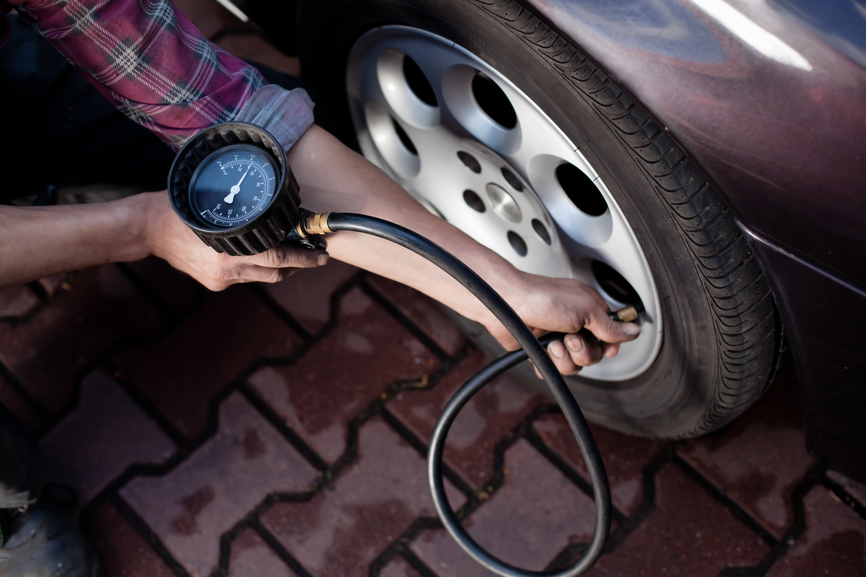
Without working tires, it’s going to be hard to get anywhere. That’s why it’s vital to take care of them. Overall, tire pressure (PSI) can fluctuate by around one pound per square inch for every 10 degrees Fahrenheit that the temperature rises or drops, so it’s important to check tire pressure after weather changes, such as the frequent shifts that can happen during the spring. Under-inflated tires generally provide a smoother ride, but they can cause tires to wear out at the sides.
Higher pressure generally improves steering response and fuel economy, but at the cost of a stiffer ride. It will also wear out the tire tread in the center much faster than expected. It also wastes gas because tires need more power to push the vehicle forward (or backward). Over-inflation can also be extremely dangerous as it could cause the tires to burst. So to help keep you and others safe on the road with you, be sure to check your owner’s manual for the recommended pressure for your tire and never exceed that limit. Also, check the pressure when the tires are cold (aka haven’t been driven on yet) since driving even a couple of miles to the gas station can provide a false reading.
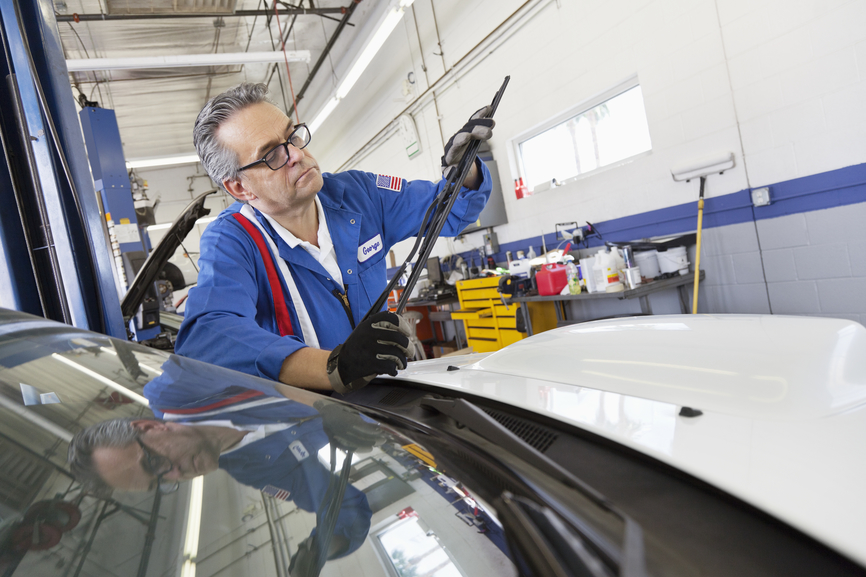
Your windshield wipers work during the winter beyond removing snow, ice and rain; they also remove dirt and debris, including salt spray, from your windshield. Since the life expectancy of a windshield wiper blade is six months to a year, check that the blades are making full contact with the windshield and have not dried out. If they have or if you are noticing any visibly streaking when used, it’s time to replace them. Don’t wait for a heavy spring or summer rainstorm to discover your blades aren’t performing properly. Also, be sure to refill the wiper fluid reservoir.
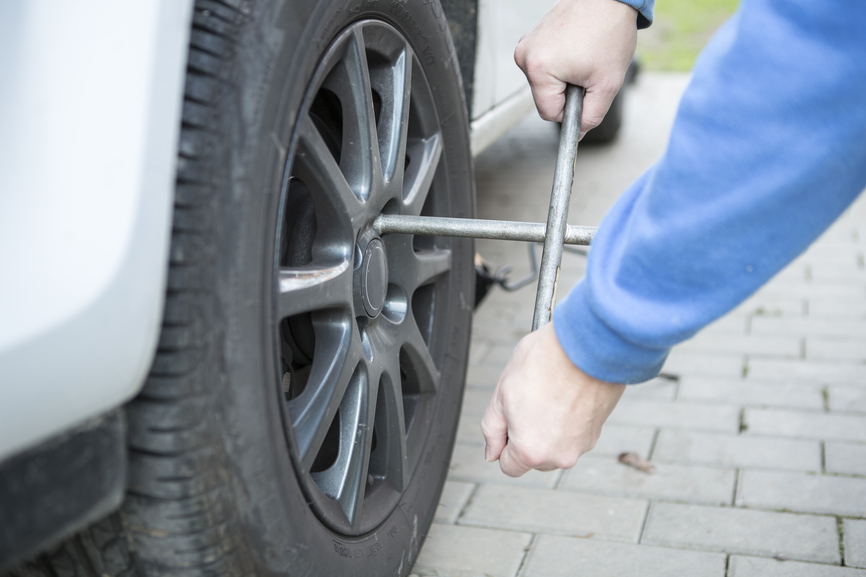
Like ensuring your tires are sitting at the correct PSI, getting your tires rotated can help ensure they wear evenly. In fact, this is a relatively simple car care procedure that will extend the tread life of your tires and should especially be done if you do not have all-season tires. Winter tires are not designed for warmer climates and likewise sport tires are particularly sensitive in colder weather. Check your owner’s manual for exact intervals that you should be rotating your tires at, though it’s often advisable to rotate between sets of tires after every oil change if you have more than one set.
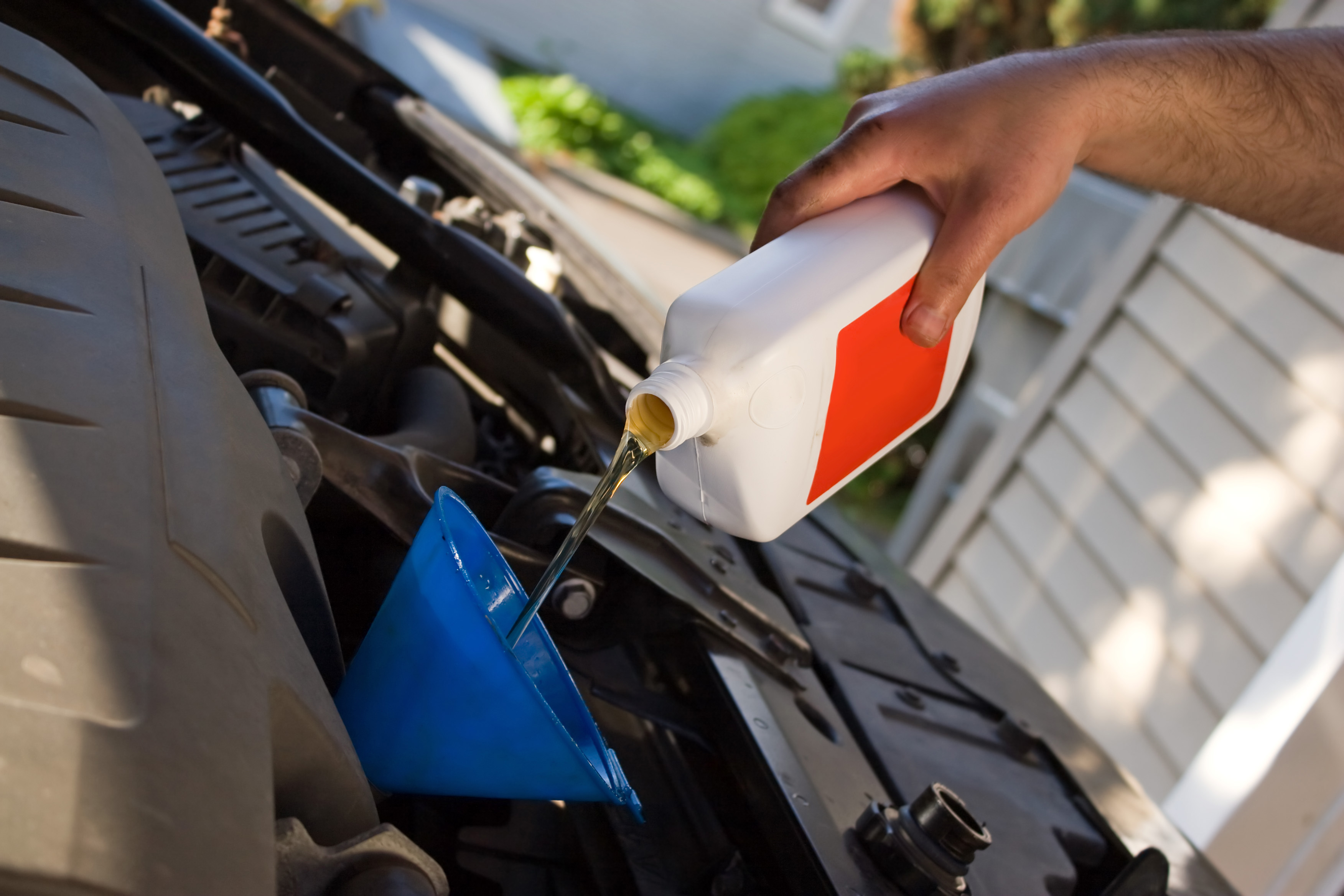
When it comes to a vehicle’s essential fluids, most drivers immediately think of gasoline. But while gas plays a critical role for vehicles with internal combustion engines, engine oil is just as essential. And while you may not need to change or fill up on oil as often as you do gasoline, it still needs to be changed fairly regularly. Some car manufacturers may also recommend changing to a heavyweight oil to help the engine perform more efficiently during hotter weather. Most cars now have recommended oil grades of 5W-30, 10W-30 or 10W-40, which are all multi-viscous grades, and each can have a different effect on your vehicle, so be sure to refer to your owner’s manual to learn which kind your vehicle needs. Be sure to change the oil filter each time you change the oil, too, as a dirty filter won’t keep the new oil clean for as long as it should, meaning you’d have to get another oil change much sooner than expected.
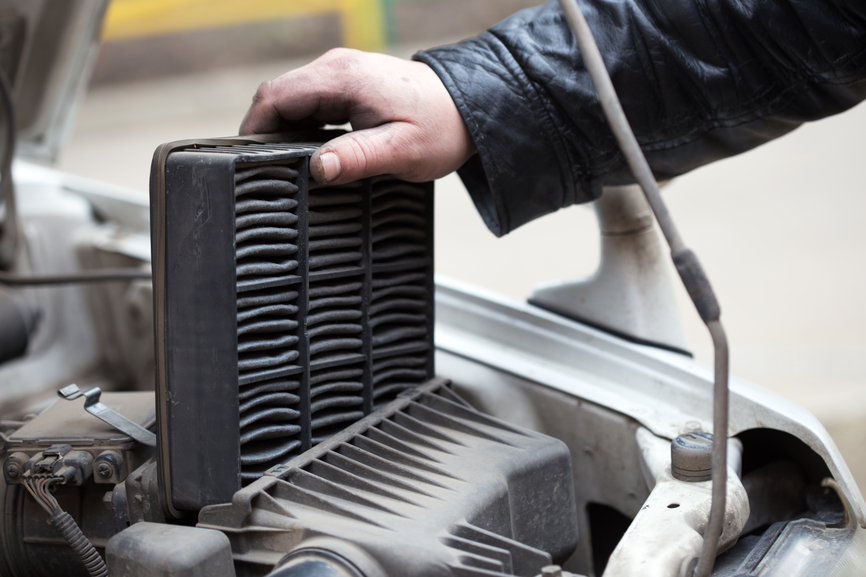
Working just as a filter in your home’s HVAC system, the air filter in a vehicle prevents dust and other impurities from getting into the combustion chambers of your engine’s cylinders, resulting in wasted gas and weaker engine performance if they get through. In fact, according to the Car Care Council, replacing a clogged filter can improve mileage by as much as 10 percent! There are several ways you can check and even clean your air filter, though some may argue that it’s more reliable to change the air filter every six months. You may even look to change your air filter more often if you live in “dusty” locations such as some areas of the southwest.
While not the end-all, be-all for preventing engine failure, the Car Care Council recommends flushing your cooling system every two years, or 24,000 miles for most vehicles. However, draining your radiator is not enough; you need to flush the system with a radiator flush product, not just plain water, to remove stubborn rust, grease and sediment. Then, refill with a 50/50 mixture of coolant and water. If you live in a more severe climate, increase the percentage of coolant to about a 70/30 mix.
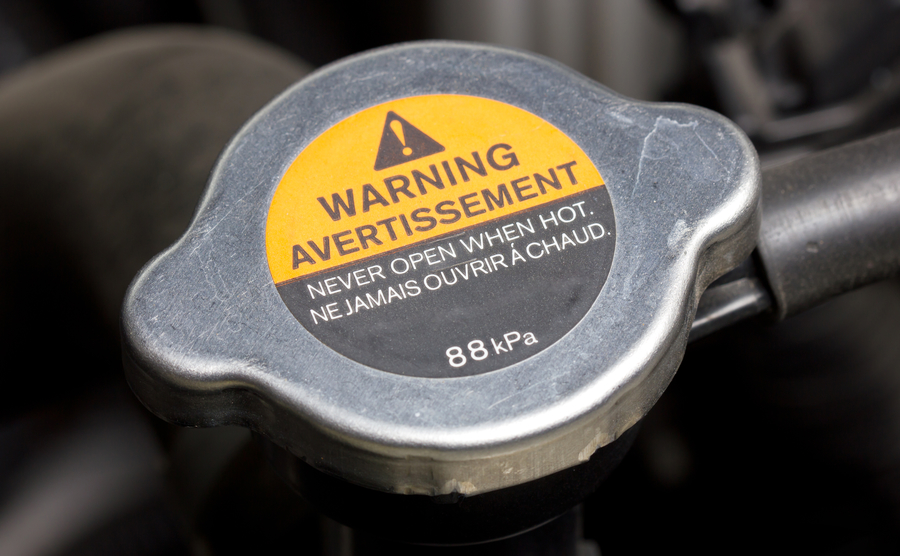
A snug radiator cap helps raise the cooling system pressure, giving added protection against a boil-over. But, radiator caps don’t last forever, so replace yours whenever you flush the cooling system to help ensure a proper seal is made. Pressure recommendations can also vary, so get the right cap for your specific vehicle’s make and model. Be sure that there’s a tight seal on the gas cap, too, to help prevent any potential contaminants from entering your engine or, in the rare case, help keep the gas from evaporating.
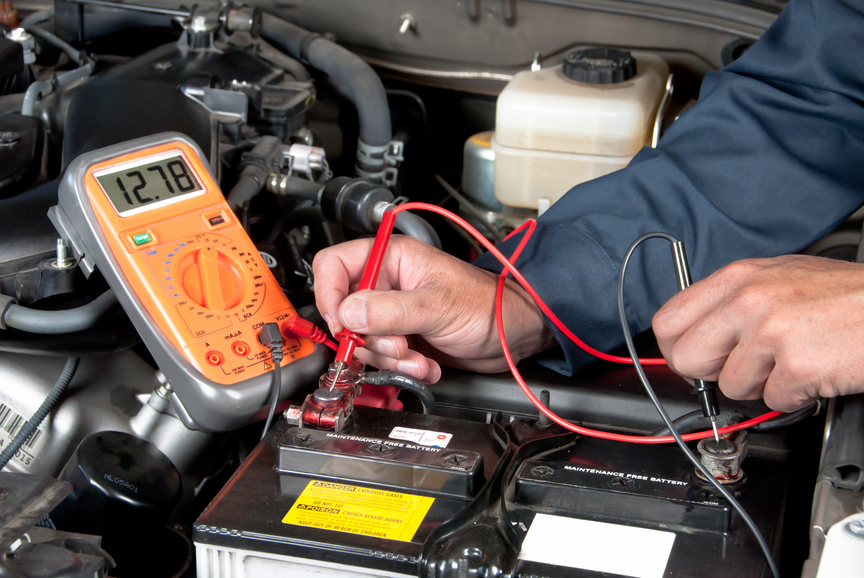
Even with a working engine, clean oil, and a fresh gas tank, your car isn’t moving anywhere without a working battery and spark plugs, so make sure the battery posts and connections are secure and free of corrosion. If you can, look at testing the battery to check how well it can still hold a charge. Spark plugs, which are needed for gas-powered vehicles to start by ‘sparking’ the fuel, can also fire as many as 3 million times every 1,000 miles. That can generate a lot of heat, causing wear and tear in the form of electrical and chemical erosion. Dirty spark plugs can also cause misfiring, which wastes fuel. If you’re planning a long trip, consider replacing the battery and spark plugs if they are more than two years old.
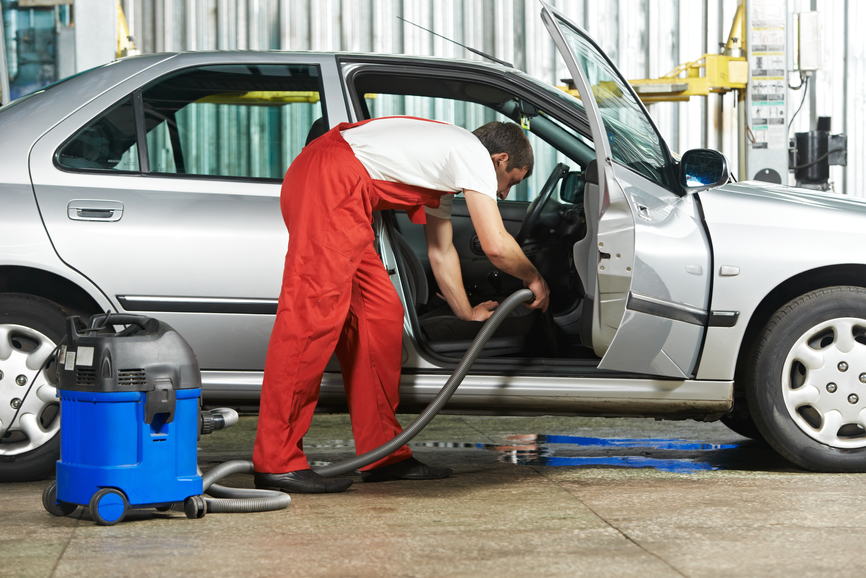
While a fresh car wash can leave the outside of your vehicle shining and sparkling, it will ultimately mean nothing if the interior is dirty, so be sure to also deep clean your car’s interior whenever you get a car wash. Discard the debris hibernating under the seats all winter, then attack the cabin with the most powerful vacuum cleaner you can find. Remove the floor mats to vacuum or wash outside the car. Open the trunk, remove the spare tire and jack and vacuum here. Before returning the spare, check its pressure using the same methods you did when checking the set of tires on the vehicle. It will most likely need air, so remember to do that the next time you fill the tank.
Dust, coffee stains and fingerprints have no appeal any time of the year, so after vacuuming, use a spray vinyl cleaner and a soft cloth on the dashboard, steering wheel, door panels and seats. That also helps protect against cracking, sun damage and fading. A good household upholstery cleaner is fine for fabric seats. As for leather seats, follow the manufacturer’s recommendations. An aerosol silicone spray to treat the weather stripping around the outside of doors, windows, and the trunk can also be a great way to finish cleaning your car’s interior. Be sure to wipe away the excess too.
No matter if you’ve had your car for years or if it’s a relatively new car, after a long, frigid winter, taking the time to spiff up your vehicle at the start of the spring can help you stave off potential repairs, breakdowns and other issues that can pop up later on in the year. And with the help of an Advantage auto protection plan from Endurance, you can get extra peace of mind knowing you can help protect your car (and your wallet) from unexpected repair bills not covered by your auto insurance contract. Not only that, but each Advantage plan can also help you save on some of your vehicle’s most essential maintenance needs. That’s right! With Advantage, you can get comprehensive breakdown protection and receive up to $3,500 in yearly maintenance services, including up to three oil and filter changes, tire rotations, PSI checks, engine diagnostic exams and more. Each Advantage plan also comes with several other special, single-use services, including a battery replacement, cooling system maintenance and a front or rear windshield wiper blade set replacement.
Endurance customers will also get extra peace of mind with 24/7 roadside assistance, trip interruption coverage and rental car reimbursements for free regardless of the Endurance protection plan you choose. You will even be automatically eligible to receive an entire year’s worth of Endurance Elite Benefits for just a small activation fee. Simply choose the plan that’s right for you, pay the fee and enjoy your year of perks and savings, including up to two tire replacements or repairs, collision discounts, key fob replacements and more.
To learn more about Advantage or how any other Endurance protection plan can help you and your vehicle, give our award-winning customer care team a call at (800) 253-8203 or request a free quote to get started protecting your vehicle today. You can also find even more great and insightful articles with even more DIY maintenance tips, expert auto advice, extended warranty comparison guides, vehicle buying guides and much more at the Endurance blog.

We're here to make sure you get the most comprehensive EV protection. That's why we've partnered with Xcelerate Auto to offer you transparent and dependable Tesla coverage.
Want us to contact you about XCare coverage for your Tesla?



Call for $300 off any new plan!
By clicking the button, you consent to Endurance using automated technology to call, email, and text you using the contact info above, including your wireless number, if provided, regarding auto protection or, in California, mechanical breakdown insurance. You also agree to the Endurance Privacy Policy and Terms and Conditions. Consent is not a condition of purchase, and you can withdraw consent at any time. Message and data rates may apply.
Speak with a vehicle protection plan specialist and get $300 off any new contract instantly.
Call 866-678-4172
or scan the code below



Simply fill out the information below and we will follow up fast with your free no-obligation quote.
By clicking the button, you consent to Endurance using automated technology to call, email, and text you using the contact info above, including your wireless number, if provided, regarding auto protection or, in California, mechanical breakdown insurance. You also agree to the Endurance Privacy Policy and Terms and Conditions. Consent is not a condition of purchase, and you can withdraw consent at any time. Message and data rates may apply.

To speak to a vehicle protection plan specialist and save $300
Scan the code below
Alex has worked in the automotive service industry for over 20 years. After graduating from one of the country’s top technical schools, he worked as a technician achieving a Master Technician certification. He also has experience as a service advisor and service manager. Read more about Alex.